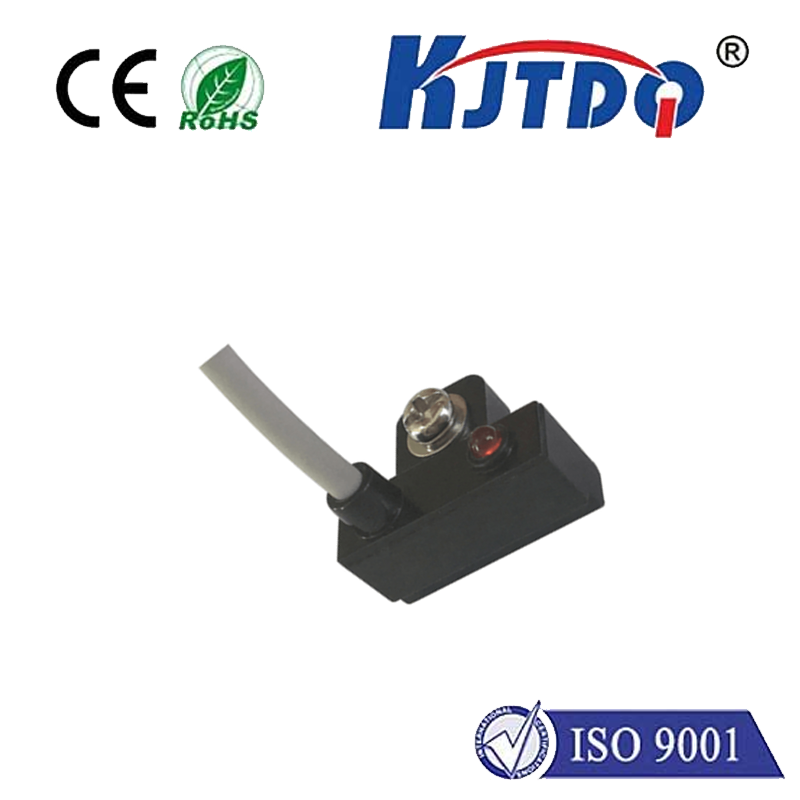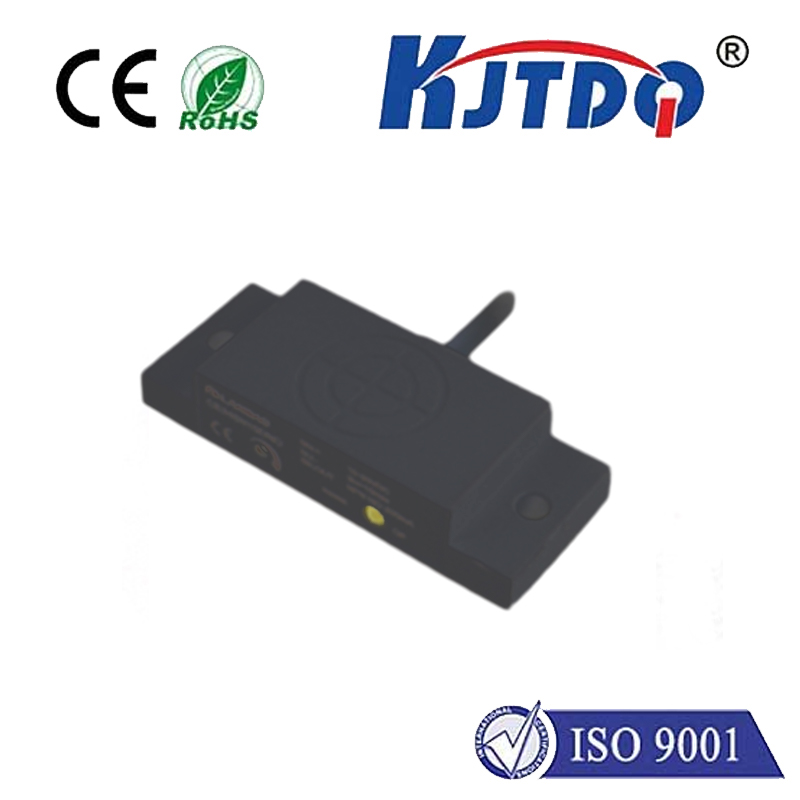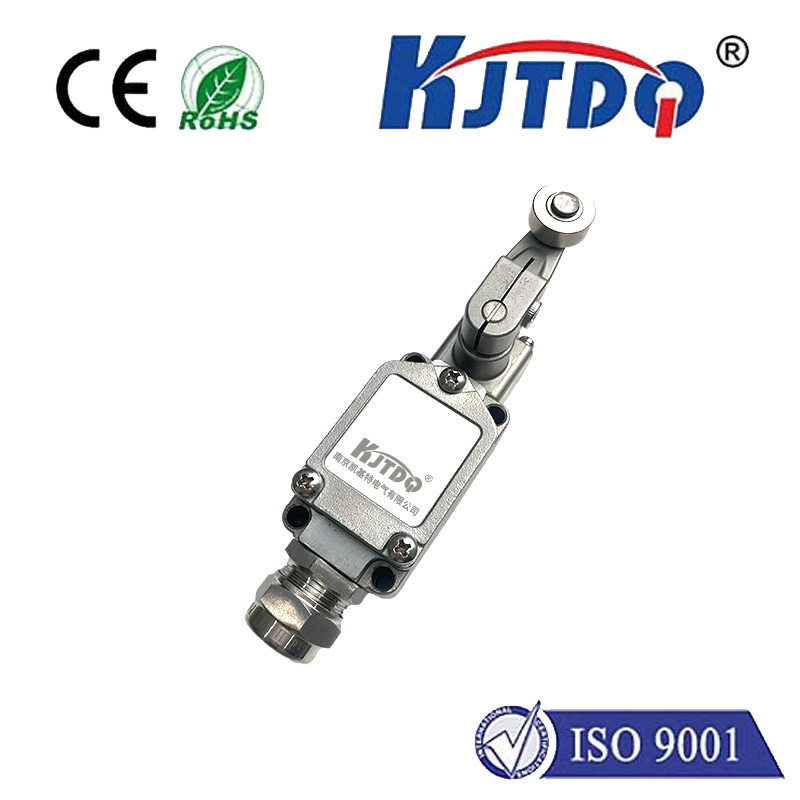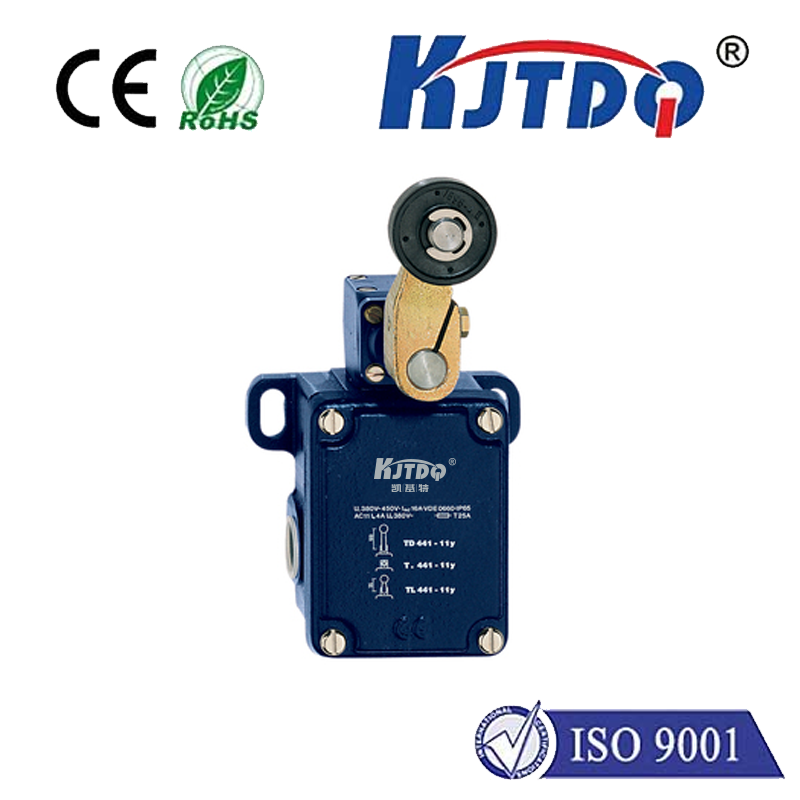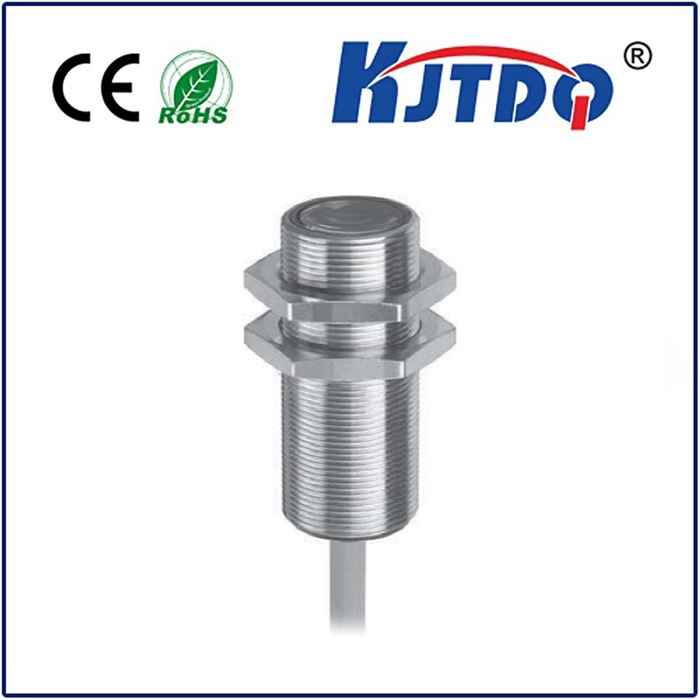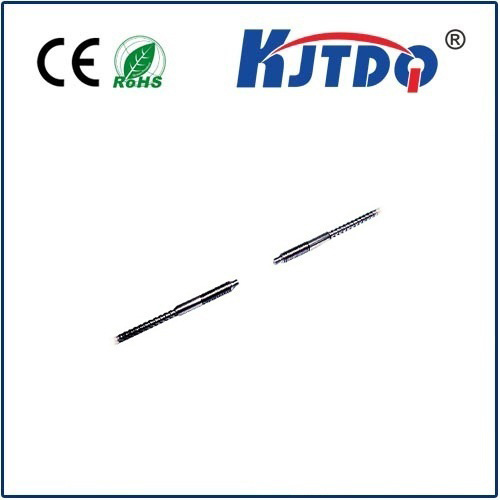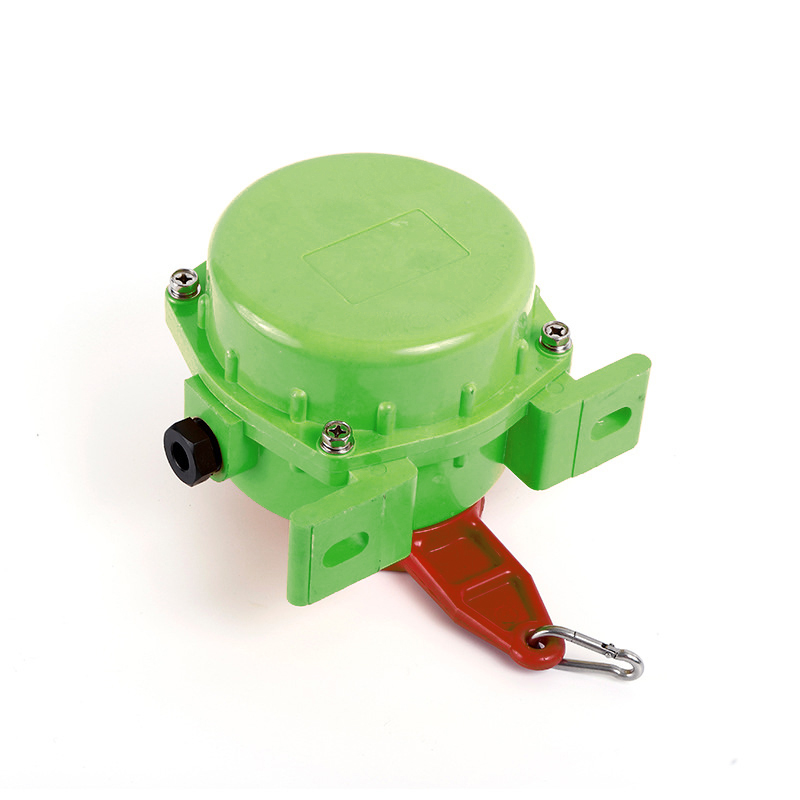индуктивный датчик
- time:2025-07-01 11:51:53
- Нажмите:0
The Unseen Guardians: How Inductive Sensors Power Precision and Reliability
They work silently, unseen, often buried within complex machinery or nestled on production lines. Yet, inductive sensors are fundamental building blocks of modern automation, manufacturing, and countless industrial processes. These remarkable devices detect the presence, absence, or position of metallic objects without physical contact, offering reliability, longevity, and precision where it matters most. Understanding how inductive sensors work and where they excel reveals why they remain indispensable in a world increasingly driven by automation.
The Magic of Electromagnetic Fields
At its core, an индукционный датчик приближения operates on the principle of electromagnetic induction. Imagine a tiny electromagnet within the sensor – its core element is a coil wound around a ferrite core. When this coil is energized with an alternating current (AC), it generates a rapidly oscillating electromagnetic field that radiates from the front of the sensor (the sensing face).
Here’s the crucial interaction: When a metallic object (the “target”) enters this active field, something fascinating happens. Eddy currents are induced on the surface of the target material. These are small circulating electrical currents generated within the conductor itself by the changing magnetic field. The creation of these eddy currents absorbs energy from the sensor’s oscillating field.
Detecting the Shift

The sensor’s integrated electronics constantly monitor the state of this electromagnetic field. The energy loss caused by the eddy currents dampens or weakens the oscillator’s amplitude. Sophisticated circuitry within the sensor detects this specific change – the attenuation of the oscillating field. Once this attenuation exceeds a predetermined threshold (indicating a target is definitely within the sensing range), the sensor triggers an electronic switch. This switch changes the state of its output signal (typically switching from “Off” to “On,” or vice-versa), providing a clear, binary signal to a control system like a PLC (Programmable Logic Controller).
Why Inductive Sensors Reign Supreme in Industrial Settings
The fundamental operating principle of inductive sensing bestows several critical advantages that make them the go-to choice for harsh industrial environments:
- Contactless Operation: The biggest win. The sensor never touches the target. This eliminates mechanical wear and tear, guaranteeing exceptionally long operational lifespans – often measured in millions of cycles. Physical switches simply can’t compete on longevity.
- Rugged and Resilient: Designed for the frontline. Inductive sensors boast robust housings (stainless steel, nickel-plated brass, PBT plastic) offering excellent resistance to dust, dirt, oil, coolants, vibration, and even shock. They are inherently immune to environmental factors like ambient light, water splashes (many are IP67 or IP68 rated), and non-metallic contaminants that plague optical sensors. This environmental resilience is a cornerstone of their reliability.
- High Switching Speed & Repeatability: Capable of detecting targets thousands of times per second with micrometer-level precision in positioning applications. They deliver consistent and repeatable results, crucial for high-speed automation and quality control.
- Simple Integration: Typically featuring standard outputs (PNP/NPN transistor, NAMUR, analog) and connection types (M8, M12, M18, M30 connectors), they plug seamlessly into modern industrial control systems.
- Target Agnostic (within limits): While ferrous metals (like iron and steel) generally offer the longest sensing ranges due to higher permeability, modern inductive sensors reliably detect non-ferrous metals (aluminum, copper, brass) as well, though often at shorter ranges. Sensor specifications clearly define their target material suitability.
Where the Unseen Guardians Work: Ubiquitous Applications
The versatility of inductive proximity sensors makes them ubiquitous across diverse sectors:
- Factory Automation: Counting products on conveyors, detecting pallet positions, verifying part presence (e.g., engine block in place before machining), monitoring robot arm positions, controlling cylinder end positions.
- Packaging & Material Handling: Confirming case flaps are closed, controlling filling levels by detecting metal containers, detecting position on high-speed filling lines.
- Automotive Manufacturing: Precise position sensing in assembly robots, verifying component insertion (like pistons or bearings), detecting metal components for sorting, safety guarding on presses.
- Станки: Tool breakage detection, spindle positioning, chuck clamping confirmation, guarding interlocks.
- Food & Beverage (Specific Models): Using suitable housings (e.g., high-grade stainless steel) for washdown areas to detect metal cans, caps, or machinery components.
- Construction Equipment: Monitoring hydraulic cylinder positions, detecting boom angles (using specialized angle sensors), sensing bucket position.
Choosing the Right Sensor: Key Considerations
Selecting the optimal inductive sensor involves evaluating several factors:
- Sensing Range: The nominal distance at which the sensor can reliably detect a standard target. Always consult datasheets, as range varies significantly based on target material and sensor size.
- Target Material: Ferrous (longest range) or non-ferrous? Sensor specifications will list rated ranges for different materials.
- Output Type & Wiring: PNP (sourcing) or NPN (sinking) transistor outputs are most common. Choose based on PLC input requirements. Analog outputs provide continuous position feedback.
- Housing Material & Size: Dictated by physical space constraints, temperature requirements, and environmental exposure (chemicals, pressure, impact). Cylindrical (M-series) and rectangular shapes are standard.
- Environmental Rating: IP (Ingress Protection) rating is critical. IP67 is common, offering robust protection; IP68/69K is needed for submersion or high-pressure washdown.
- Special Features: Shielded vs. Unshielded (mounting flush vs. needing space), high-temperature versions, analog output variants for position sensing, factor 1 applications (detecting all metals equally).
Beyond Simple Presence: Metal Detection & Position Sensing
While presence detection is their most common role, inductive sensors excel in other critical functions:
- Metal Detection: Their fundamental principle makes them superb for differentiating between metallic and non-metallic objects in sorting or quality control applications, often referred to as inductive metal detection.
- Precise Position Monitoring: Using specialized inductive sensors (like analog or factor 1 types), the distance to the target is proportional to the analog output signal strength, enabling highly accurate position sensing of moving metal components. This is vital in robotics and complex machinery.
Conclusionless Commitment
From ensuring a bottle cap is sealed correctly to guaranteeing a robot welds in precisely the right spot, inductive proximity sensors perform vital, often invisible, tasks. Their robust, non-contact nature, immunity to harsh conditions, high reliability, and precise detection capabilities solidify their place as essential components in the backbone of modern industry. Whether simply confirming presence or enabling complex positional control, these electromagnetic workhorses continue to drive efficiency and safety in an automated world.

